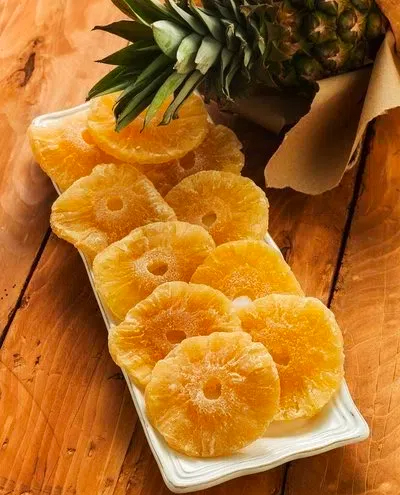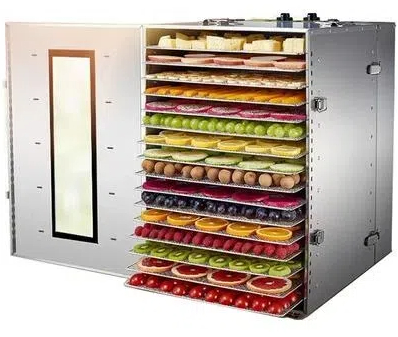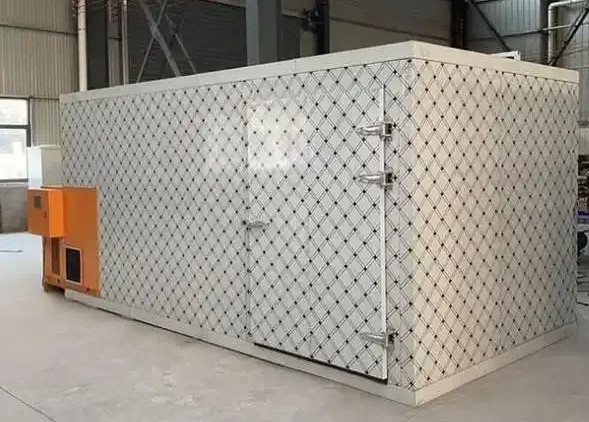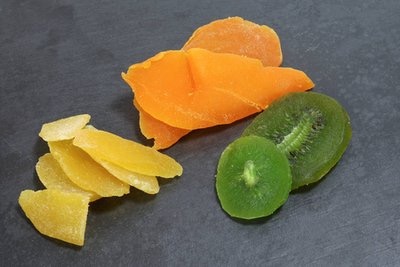
Content Menu
● Introduction
● Understanding Food Drying
● Types of Food Drying Machines
>> Electric Dehydrators
>> Solar Dehydrators
>> Microwave Dehydrators
● How Food Dehydrators Work
● Choosing the Right Food Dehydrator
● Popular Food Dehydrator Models
>> Excalibur 9-Tray Electric Food Dehydrator
>> Magic Mill Food Dehydrator
>> Nesco Gardenmaster
● Maintenance and Care for Food Dehydrators
● Recipes and Uses for Dried Foods
● Conclusion
● Frequently Asked Questions
>> 1. What foods can be dehydrated?
>> 2. How long does it take to dehydrate food?
>> 3. Can I dehydrate meat in a food dehydrator?
>> 4. What is the best temperature for dehydrating fruits?
>> 5. How do I store dehydrated foods?
Introduction
Food drying is an ancient preservation method that has stood the test of time. It not only extends the shelf life of food but also retains its nutritional value. In recent years, food drying machines have gained popularity, making the process easier and more efficient. This article explores the various types of food drying machines, their benefits, and how to choose the right one for your needs.

Understanding Food Drying
The process of food drying involves removing moisture from food, which inhibits the growth of bacteria, yeasts, and molds. This method preserves the food's flavor, color, and nutritional content. Dried foods are lightweight, easy to store, and can be rehydrated for use in various recipes.
Types of Food Drying Machines
Food dehydrators come in several types, each with its unique features:
Electric Dehydrators
These are the most common and use electric heat to dry food. They come with multiple trays and adjustable temperature settings.
Solar Dehydrators
Utilizing the sun's energy, these dehydrators are eco-friendly and cost-effective, ideal for those living in sunny climates.
Microwave Dehydrators
These are quick and efficient, using microwave energy to remove moisture from food.
How Food Dehydrators Work
Food dehydrators work by circulating warm air around the food, which evaporates moisture. Most models have a fan and heating element that work together to maintain a consistent temperature. Key components include:
1. Trays: Where the food is placed for drying.
2. Fan: Circulates air to ensure even drying.
3. Heating Element: Provides the necessary heat for the drying process.
Choosing the Right Food Dehydrator
When selecting a food dehydrator, consider the following factors:
1. Capacity: Choose a model that fits your drying needs. Larger units are suitable for bulk drying.
2. Temperature Control: Look for adjustable settings to accommodate different types of food.
3. Ease of Use: Features like digital displays and timers can simplify the drying process.

Popular Food Dehydrator Models
In 2024, several food dehydrators stand out for their performance and user satisfaction:
Excalibur 9-Tray Electric Food Dehydrator
Known for its large capacity and even drying, perfect for making jerky and fruit leather.
Magic Mill Food Dehydrator
Offers excellent performance with easy-to-clean nonstick trays.
Nesco Gardenmaster
A favorite for its simplicity and effectiveness in drying herbs and fruits.
Maintenance and Care for Food Dehydrators
To ensure your food dehydrator lasts, regular maintenance is essential. Clean the trays after each use and check for any blockages in the fan or heating element. Common issues include uneven drying, which can often be resolved by rearranging the trays or adjusting the temperature.
Recipes and Uses for Dried Foods
Dried foods can be used in various culinary applications. Here are a few ideas:
1. Dried Fruit Snacks: Perfect for on-the-go snacking.
2. Vegetable Chips: A healthy alternative to traditional chips.
3. Jerky: Homemade jerky can be tailored to your taste preferences.
Conclusion
Food dehydrators are a valuable addition to any kitchen, allowing you to preserve food efficiently while retaining its nutritional benefits. Whether you're looking to make snacks or store food for long-term use, investing in a quality dehydrator can enhance your culinary repertoire.

Frequently Asked Questions
1. What foods can be dehydrated?
Almost any food can be dehydrated, including fruits, vegetables, herbs, and meats.
2. How long does it take to dehydrate food?
Drying times vary based on the type of food and the dehydrator used, typically ranging from a few hours to over a day.
3. Can I dehydrate meat in a food dehydrator?
Yes, many dehydrators are designed to safely dry meats, making jerky a popular choice.
4. What is the best temperature for dehydrating fruits?
Most fruits dehydrate best at temperatures between 125°F to 135°F (52°C to 57°C).
5. How do I store dehydrated foods?
Store dried foods in airtight containers in a cool, dark place to maximize shelf life.












